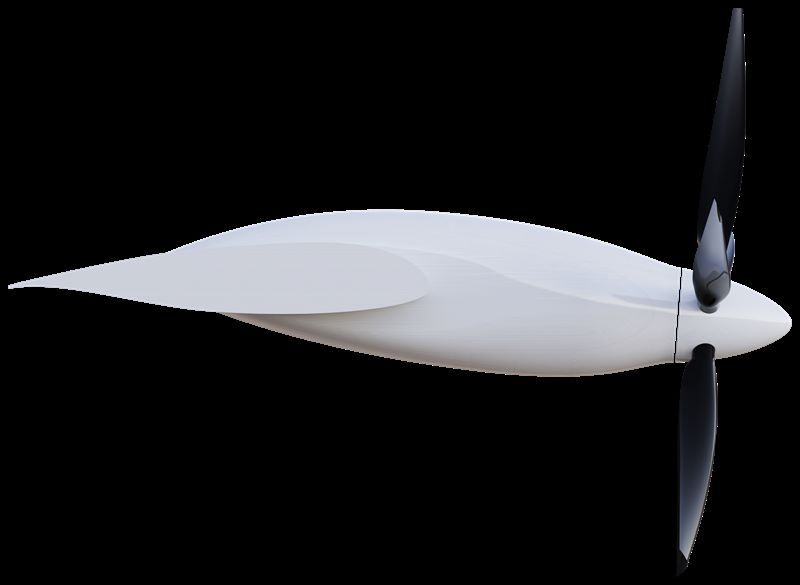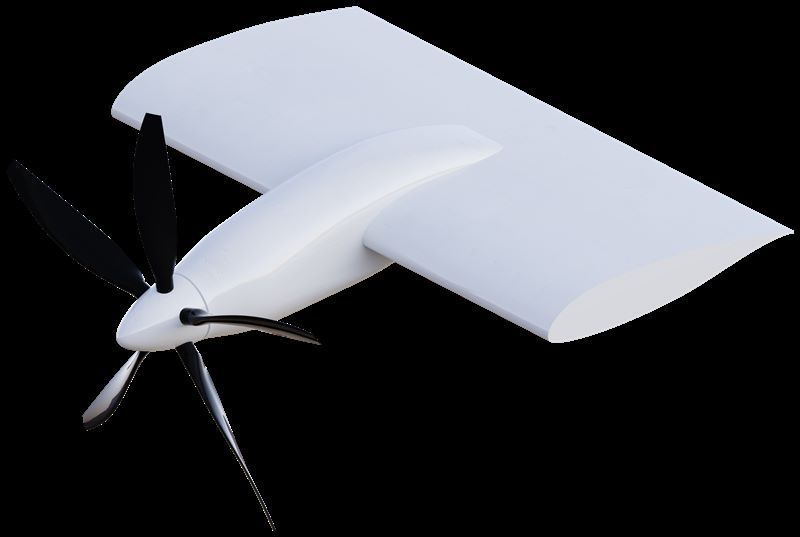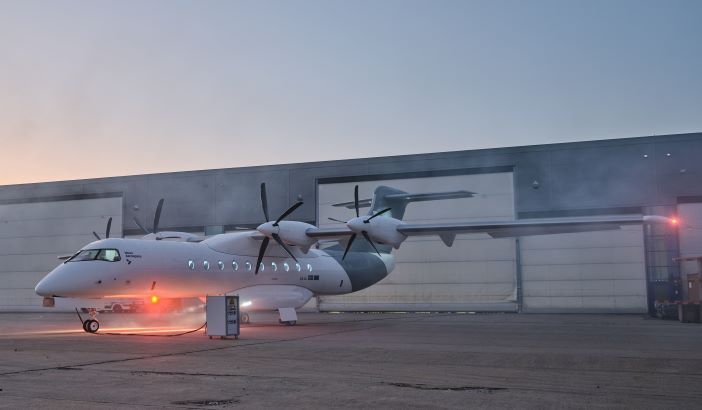Sweden-based Heart Aerospace has revealed its first full-scale aircraft, which will demonstrate key technologies and systems for its regional hybrid-electric aircraft, the ES-30.
The Heart Experimental 1 (HX1) demonstrator aircraft is the company’s first full-scale airplane in the ES-30’s development program. The HX1 has a 32m (105ft) wingspan and is scheduled to make its first fully electric flight before July next year, at which time it will become the largest electric aircraft ever flown.
The ES-30 will have a capacity of 30 passengers, a fully-electric range of 200km (125 miles) and an extended hybrid range of 400km (250 miles). The aircraft will also have the capability to fly further with less passengers – up to 800km (500 miles) carrying 25 passengers.
Heart, which was founded in 2018 now plans for the ES-30 to be type certified “by the end of the decade”. As part of the development program engineers at the company have tested electrical systems, flight controls and avionics using an iron bird in its Integrated Test Facility and have conducted flight testing with scaled-model aircraft of the ES-30.
First flight preparations
Initially, HX1’s test program is ground-based to trial charging operations, taxiing, and turnaround procedures. In the coming months, engineers at Heart will prepare for HX1’s first flight by testing critical systems both on and off the aircraft.
Heart’s second full-scale aircraft will then be a pre-production prototype, the HX2, which is scheduled to fly in 2026. This airplane will demonstrate the company’s hybrid propulsion system and further mature design and production methods.
Production processes for the ES-30 are being developed in parallel to the aircraft. The company plans to build a pilot manufacturing plant to develop ways to accelerate aircraft manufacturing that will use new layup processes, digital twins and automated inspection.
Heart said it is using experience gained from building Heart X1 to create its aircraft manufacturing process which will be a data-driven assembly line with high repeatability, automation and non-destructive inspection.
Anders Forslund, co-founder and CEO of Heart Aerospace said, “Our industry is approaching a 30-year innovation cycle, and we have less than 25 years to decarbonize aviation. We need to develop new methods to get net zero aerospace technologies to market faster.
“It is a testament to the ingenuity and dedication of our team that we’re able to roll out a 30-seat aircraft demonstrator with a brand-new propulsion system, largely inhouse, in less than two years. “
Ben Stabler, chief technology officer at Heart Aerospace said, “Developing innovative net zero aerospace technologies demands a revolution in product development and manufacturing, much like what we’ve witnessed in the automotive and space industries.”
Integrated nacelle
A new design feature revealed for the ES-30 was an engine nacelle integrated into the wing, for which Heart Aerospace has filed two EU design applications and one patent application. The new integrated nacelle design improves flight characteristics and allows the ES-30 to operate on shorter runways.
The nacelle is centered on the wing instead of being placed under it and is designed for vortex generation at a high angle of attack, preventing the nacelle from significantly deteriorating the wing’s performance by minimizing aerodynamic interference, thus delaying stall.
The nacelle design also improves lift generation during both cruise and landing phases, giving the ES-30 the ability to fly at lower speeds with greater aerodynamic efficiency and operate on shorter runways.


“The operation of electric airplanes requires highly efficient aerodynamic designs and our research on propulsion integration centred on the wing has led to a concept that significantly outperforms conventional designs” said Alain Cuenca, senior aerodynamics and thermodynamics engineer at Heart.
“Our new nacelle integration design will be manufactured inhouse, using automated composite technology, and incorporated on Heart’s upcoming airplane prototype, the Heart X2,” said Stabler.





